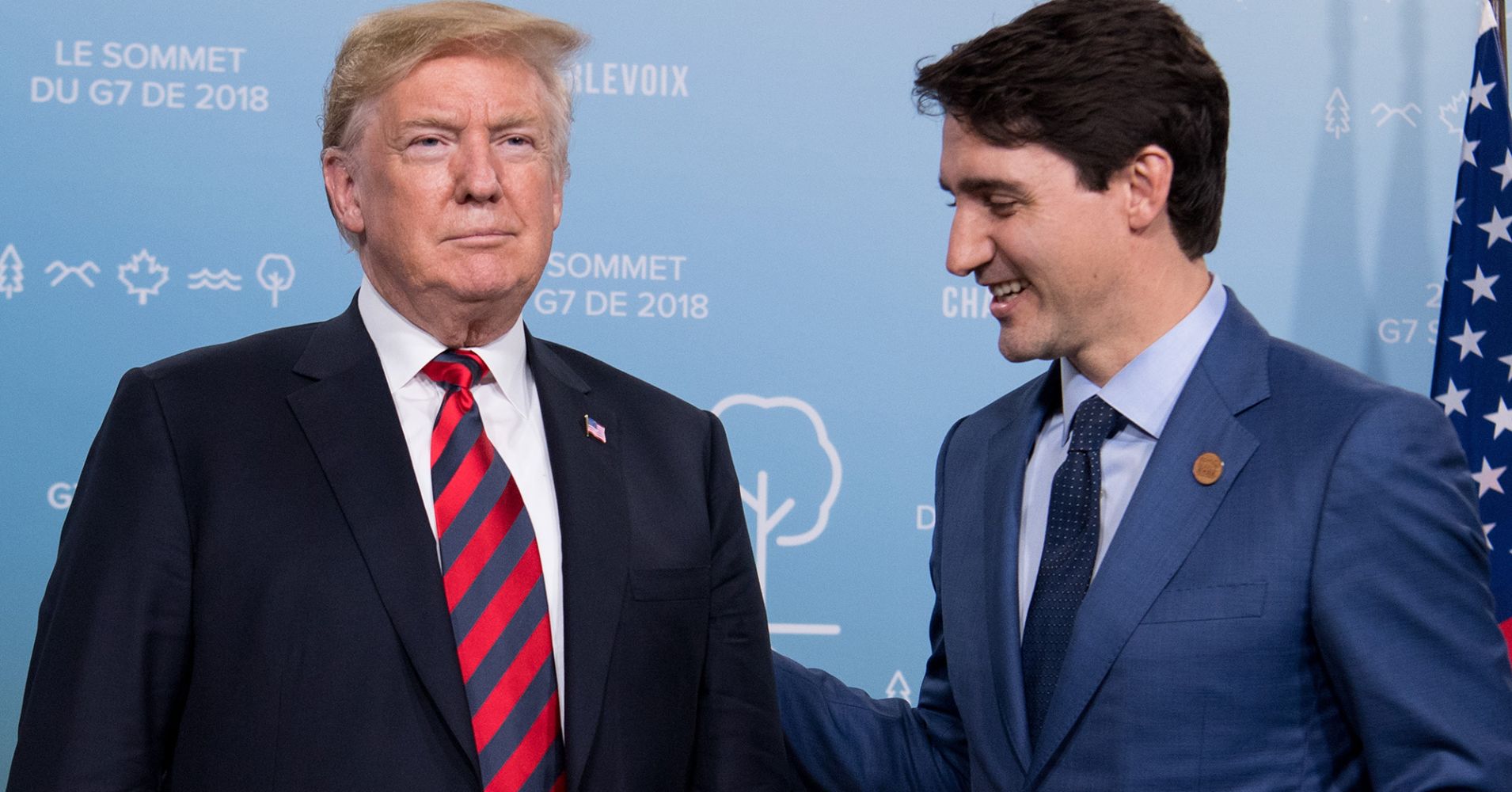
A handshake agreement between the U.S. and the European Union reached in late July may have staved off the imposition of auto tariffs for German, French and Italian carmakers.
Still, the White House is reserving the right to impose the tariffs on vehicles made in Canada, a senior administration official told CNBC on Friday. Ford, General Motors, Honda and Fiat Chrysler are among the automakers with operations in Canada.
European Commission president Jean-Claude Juncker told reporters last month that getting the White House to back down from auto tariffs was a “major concession.” Yet President Donald Trump is still directing the Commerce Department to finish the investigation and prepare a menu of options for the White House, even if Europe is exempt.
“Probably sometime in the month of August we’ll be willing to render a report. It may not be necessary, or it may be necessary. We will see,” Commerce Sec. Wilbur Ross told reporters aboard Air Force One on July 26. “But the work is continuing.”
The suggestion comes as Canada remains on the sidelines of potential NAFTA negotiations, which the U.S. and Mexico continued in Washington last week. Mexico has maintained it would like a trilateral deal, with representatives maintaining close contact with Canadian counterparts, namely Foreign Minister Chrystia Freeland.
“We speak to her almost every day,” Mexico’s foreign minister Luis Videgaray told reporters Friday.
By contrast, talks between the Trump administration and Canada have been characterized as difficult, the senior U.S. official said, noting that relations had soured since Prime Minister Trudeau’s press conference at the G7. The official acknowledged that with Mexico’s election in the rear view, Trudeau’s 2019 re-election bid may become a complicating factor.
“Auto tariffs would not be good for Trudeau,” the senior administration official said, without elaborating on at what point in talks the U.S. would potentially consider introducing them.
Cameron Ahmad, a spokesman for the Canadian government, said, “We are in regular contact with our counterparts, and we look forward to continuing negotiations this month.”
A Canadian official suggested such comments be viewed as U.S. posturing amid active trade negotiations. Canada’s Ambassador to the U.S. told The Globe and Mail he expected negotiations between the U.S. and Canada to resume “within the next 10 days.”
The Office of the U.S. Trade Representative, which is leading NAFTA talks, declined to comment.
In the last month, Mexican and U.S. trade officials have met multiple times in Washington to work out issues on automobile rules of origin and other thorny issues. Following the election of Andres Manuel Lopez-Obrador on July 1, a high-level delegation of U.S. Cabinet members traveled to Mexico City to greet Lopez-Obrador and his advisors, some of whom have joined talks.
Mexico and U.S. officials will continue talks on August 8-9, top Mexican officials said Friday. Canada says it supports those talks as a precursor to a trilateral deal.
“We welcome the continued engagement between the U.S. and Mexico. The more progress they make, particularly on [auto rules of origin], the closer we will get to an agreement,” said Cameron Ahmad, spokesman for the Canadian government.
“Our position from the start has been that we want a good deal, and we believe that’s possible. We will stand up for Canadian interests,” he added. “If U.S. and Mexico reach a deal, according to the senior White House official, it’s unclear how Canada would then figure into the conversation, noting “there are a host of scenarios being considered.”

